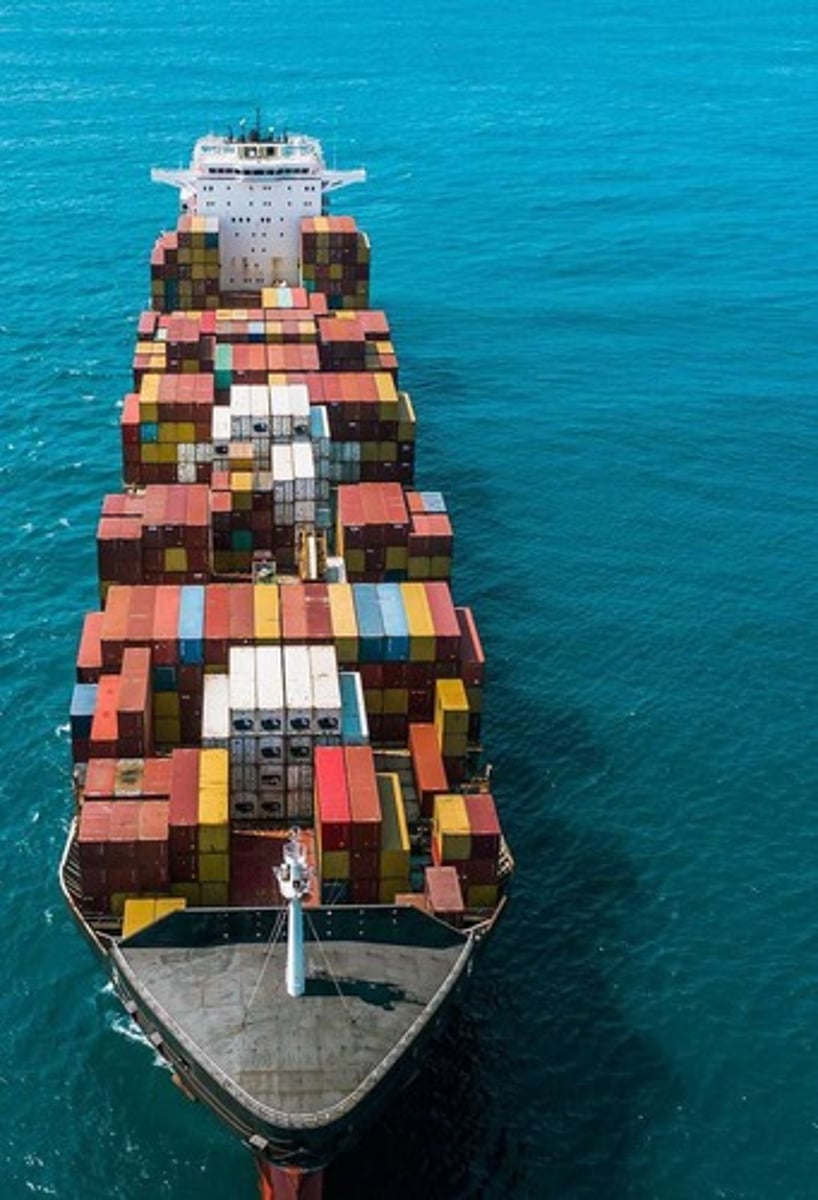Foreign Aid and Investment in Economic Development
1/97
There's no tags or description
Looks like no tags are added yet.
Name | Mastery | Learn | Test | Matching | Spaced |
|---|
No study sessions yet.
98 Terms
Foreign Aid
It refers to the international movement of money, services, or goods from governments or international institutions to benefit receiving countries.
Purpose of Foreign Aid
The primary purpose of foreign aid is to support development and fight poverty.
Official Development Assistance (ODA)
The most common form of foreign aid, which is provided to support development and poverty reduction.
Bilateral Aid
Aid given directly from one country to another.
Multilateral Aid
Aid provided through international institutions like the World Bank, United Nations, and International Monetary Fund (IMF).
Tied Aid
Aid that must be spent on goods/services from the donor country.
Untied Aid
Aid that can be used freely by the recipient country.
Humanitarian Aid
Short-term aid in response to crises like natural disasters, war, or famine.

Development Aid
Long-term aid to support economic development and infrastructure.
Military Aid
Funding or equipment provided to support a country's defense sector.
Technical Assistance
Transfer of knowledge, skills, or expertise.
Tied Aid Disadvantages
Higher Costs: Tied aid increases the price of goods and services by 15-30% on average, and up to 40% for food aid.
Limited Choices
The recipient is forced to choose from donor-approved suppliers, even if better or cheaper options are available elsewhere.
Hinders Local Development
Local businesses are usually excluded, which prevents them from growing or gaining experience.
Less Effective
Projects may reflect the interests of the donor country more than the needs of the recipient.
Tied Aid Benefits (Donor Side)
Supports Donor Economy: It promotes exports and protects jobs in the donor country.
Ensures Quality Control
Donors can monitor how aid is used and which suppliers are chosen.
Strengthens Diplomatic Ties
It can build stronger relationships between donor and recipient countries.
Cost-Efficient
The recipient can buy goods and services at world market prices, making aid more valuable.
Promotes Ownership
It allows countries to plan and use aid based on their own development priorities.
Builds Local Capacity
Local companies can compete for projects, helping them grow and improve skills.
Encourages Transparency
Open bidding leads to fairer, more accountable spending.
Challenges of Untied Aid
Requires strong systems to avoid poor management or corruption.
Less Economic Benefit for Donor
The donor country may not directly benefit from the aid.
Quality Risks
If local or unfamiliar suppliers are used, quality may vary without strong checks.
Cost Efficiency of Tied Aid
Higher cost (15-30%, up to 40% in food aid) due to limited supplier options.
Recipient Control in Tied Aid
Limited control as donor controls procurement.
Local Development in Tied Aid
Weak, as local businesses are often excluded.
Transparency in Tied Aid
Less competitive compared to untied aid.
Donor Benefit in Tied Aid
High, as it supports the donor economy.
Aid Effectiveness
Tied aid may not match recipient needs, while untied aid is better aligned with local priorities.
Foreign Direct Investment (FDI)
A long-term investment by a company or individual in another country to control or influence a business or establish a new one.
FDI as a Catalyst for Economic Growth
FDI boosts economic growth by providing capital for increased investment in productive assets, infrastructure, and technology.
Technological and Knowledge Spillovers
FDI transfers technology and knowledge, creating 'spillover effects' that boost productivity and innovation.
Job Creation and Human Capital Development
FDI directly and indirectly creates jobs and improves worker skills through training and development.
Integration into Global Value Chains
FDI helps developing economies join global production networks, boosting exports and living standards.
Economic Dependence
Over-reliance on FDI can create vulnerability to global economic shocks.
Uneven Distribution of Benefits
The gains from FDI may not be evenly distributed, potentially exacerbating income inequality.
Aid
The voluntary movement of money or other resources from one nation to another, typically from developed to developing countries.
Trade
The voluntary exchange of goods, services, or financial assets between two or more parties.
How Does Aid Work?
Aid is offered as a contribution or a loan, which can either be a hard or soft loan.
How Does Trade Work?
Involves individuals, businesses, or countries exchanging resources to fulfill their needs or earn profits.
Project Aid
Assistance known to be project aid when the funds are used to support a certain project, such as a hospital or school.
Domestic Trade
The exchange of goods and services within the borders of a single country.
International Trade
Occurs when goods, services, or capital are exchanged between two or more countries.

Import
A product or service that is brought into one country from another for sale or use.
Export
A product or service that is sent from one country to another for sale.
Economic Growth
Trade stimulates economic growth by enabling producers to reach broader markets, increasing production levels, revenue, and efficiency.
Negotiation
The process of discussing terms to reach an agreement in trade.
Agreement on Quantity and Price
A key aspect of trade where both parties agree on the amount and cost of goods or services exchanged.
Fulfillment of Trade
The process where one side delivers the good or service, while the other provides payment or an equivalent item.
Financial Trading
A trading process that is often instant and conducted electronically through markets that display real-time prices.
Gross Domestic Product (GDP)
A measure of a country's economic performance, reflecting the total value of all goods and services produced over a specific time period.
Direct Economic Benefits
Benefits obtained by governments when giving aid, aimed at improving their own economic interests.
Geostrategic Benefits
Strategic advantages gained by governments through the provision of aid to other countries.
Long-term Development
The goal of most aid given to poorer countries, aimed at improving peoples' lives over an extended period.
Accessibility of Domestic Trade
Domestic trade is usually more accessible and less complex than international trade.
Specialization in Trade
The ability of countries to focus on producing goods they can make efficiently while importing others.
Access to Goods and Services
Through trade, countries can obtain goods and services that are scarce, expensive, or unavailable locally.
Economic development
Foreign aid plays a pivotal role in fostering economic development, enabling countries to build the capacity needed to eventually graduate from aid dependency.
Employment Generation
Trade leads to higher demand for goods and services, encouraging industries to grow and creating jobs.
Global security
Investments in foreign aid can avert spending $103 on future conflicts for every $1 spent on activities that spur economic growth and political stability.
Strengthening International Relations
Engaging in trade builds long-term partnerships between countries, fostering diplomacy and reducing conflict.
Natural Resources and Climate
The availability of natural resources and climate affects what a country can produce and export, influencing seasonal trade flows.
Recipient-side Factors
Poverty levels and inequality can drive the need for aid, while strong governance is crucial for effective aid utilization.
Infrastructure and Technology
Strong infrastructure makes it easier and more cost-effective to move goods, while advanced technology improves production efficiency.
Government Policies and Tariffs
Governments influence trade through policies, regulations, and agreements.
Aid dependency
Pre-existing conditions and potential aid dependence must be considered when evaluating the effectiveness of aid.
Absorptive capacity
Influenced by factors like human capital and infrastructure, it can influence aid utilization.
Health and education levels
Impact a population's ability to benefit from aid.
Consumer choice
Access to imported goods enhances consumer choice and improves quality of life.
Production costs
Trade reduces production costs for industries reliant on imported materials.
Job creation
As companies expand to meet demand, they hire more workers, creating jobs and reducing unemployment.
Public services
Activities that improve public services fall under the category of foreign aid.
Transparency and accountability
Essential for effective governance and aid utilization.
Seasonal trade flows
Shaped by climate, influencing what can be grown or produced at different times of the year.
Interdependence
Trade promotes interdependence, making countries more likely to collaborate and resolve differences peacefully.
Critical sectors
Foreign aid investments in sectors like infrastructure, education, and healthcare establish a foundation for sustainable growth.
Tariffs
Taxes on imported goods designed to protect local industries by making foreign goods more expensive.
Trade Agreements
Contracts between countries that reduce barriers and make trading smoother.
Supportive Policies
Policies that encourage trade.
Restrictive Policies
Policies that discourage trade.
Donor Motivations for Aid
Humanitarian concerns, strategic interests, and economic benefits.
Political Relationships
Influence aid allocation and conditions between donor and recipient countries.
Economic Capabilities
Affect aid scale and types provided by donor countries.
Aid Effectiveness Principles
Ownership, alignment, harmonization, and mutual accountability.
Effective Donor Coordination
Minimizes duplication and maximizes aid impact.
Political Stability
A stable political environment gives businesses and investors confidence to engage in trade.
Logistical Barriers
Infrastructure deficiencies, transportation challenges, coordination issues, and last-mile delivery problems that hinder aid delivery.
Quotas
Limits on how much of a certain product can be imported or exported during a specific time period.
Social Barriers
Cultural norms, language barriers, stigma, and exclusion of vulnerable groups that hinder aid program effectiveness.
Political Barriers
Corruption, political instability, and lack of political will that can disrupt aid operations.
Subsidies
Government payments to local producers to help lower their production costs.
Embargoes
A complete ban on trade with a particular country, often for political or security reasons.
Other Barriers
Insufficient funding, lack of technical expertise, security concerns, and over-reliance on aid that can limit aid efforts.
Forms of Foreign Aid
Includes financial resources, technical assistance, and commodities delivered through bilateral or multilateral channels.
Purposes of Foreign Aid
Enhancing national security, economic influence, crisis response, and global cooperation.
Impact of Trade
Supports access to essential products, job creation, and international partnerships.